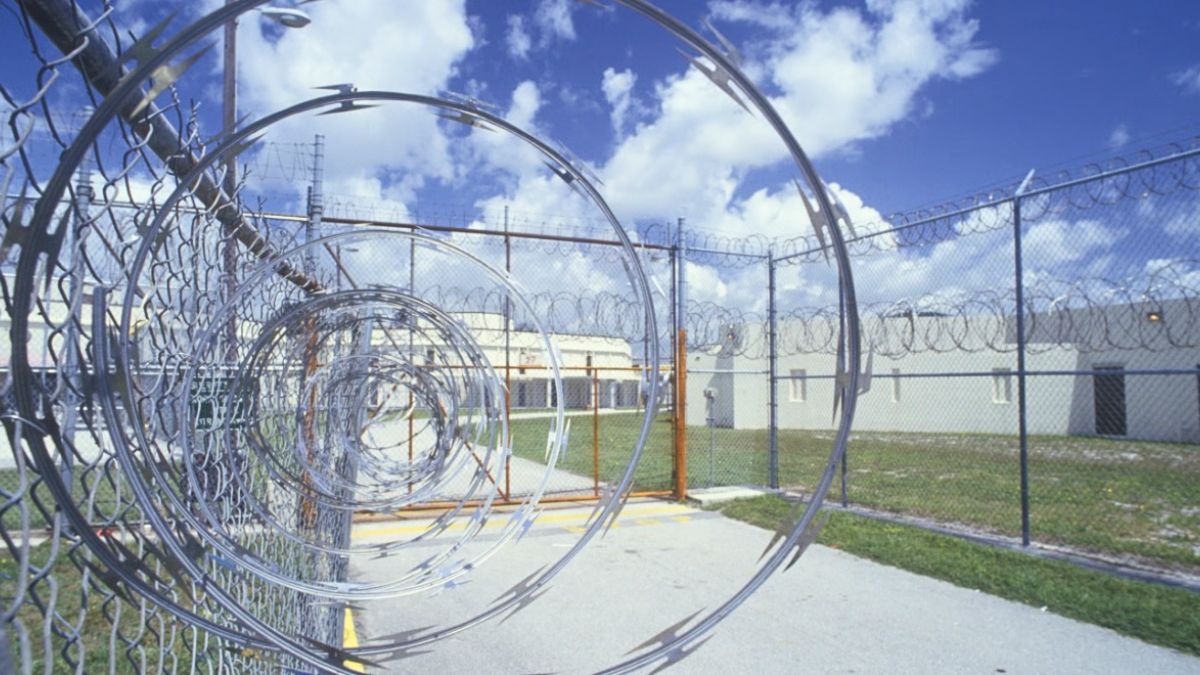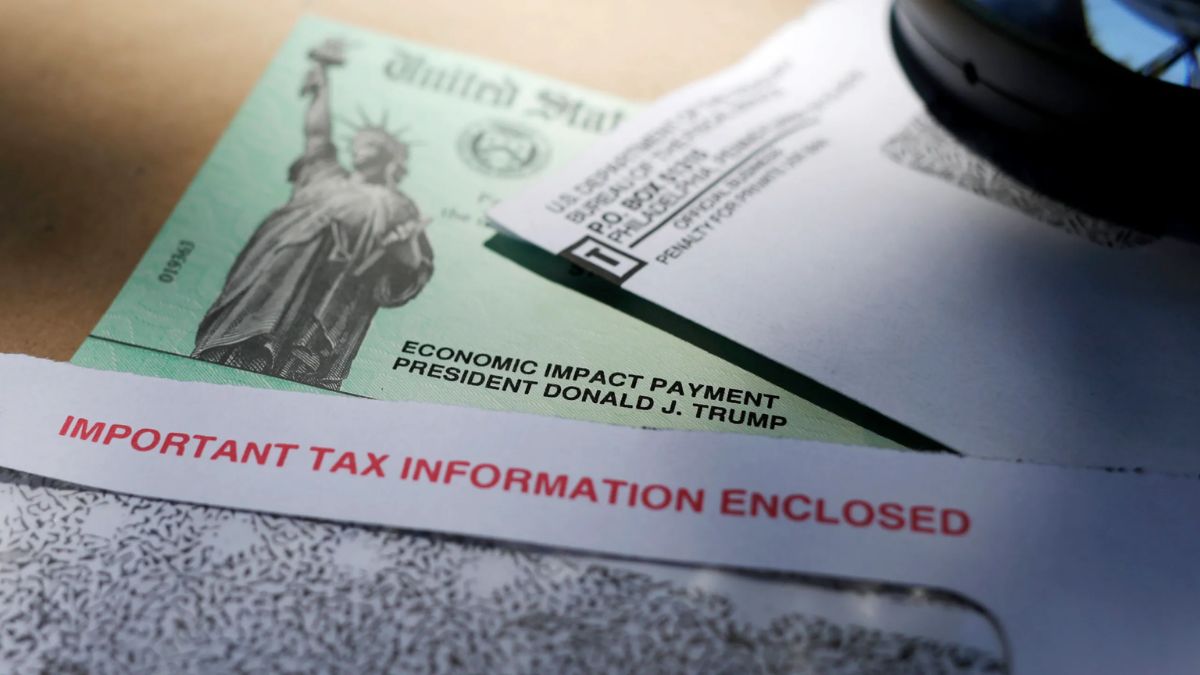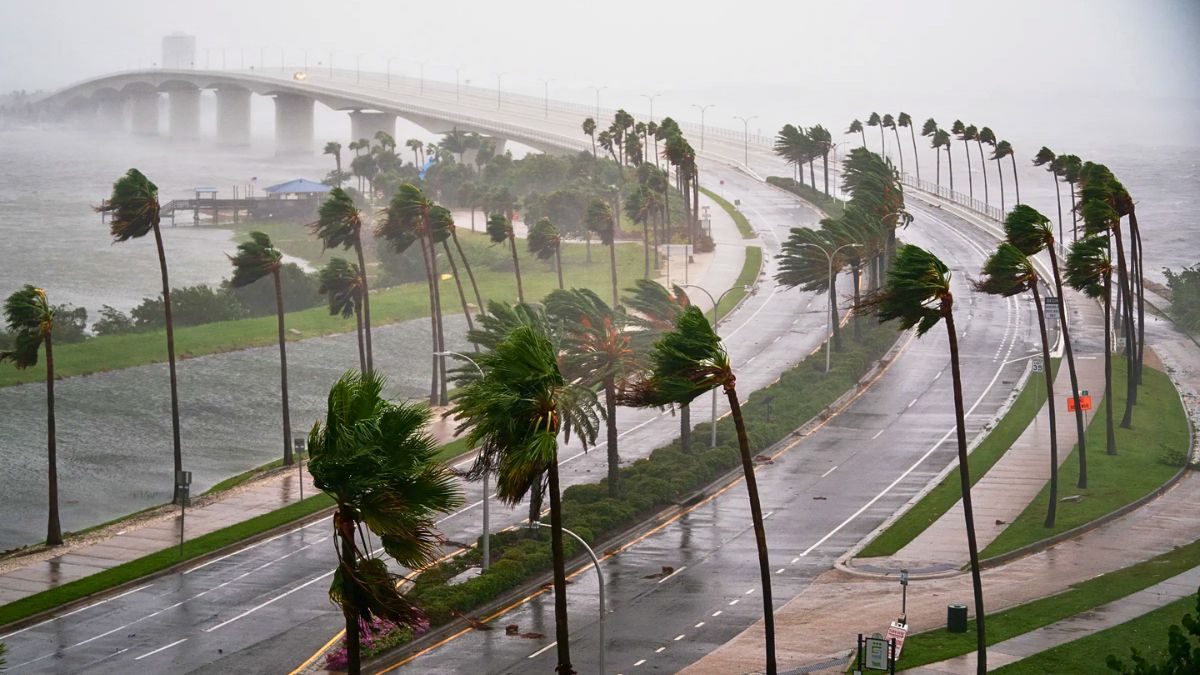Millions of families in California may soon be stuck choosing between groceries and rent—or between food and medicine. That’s because a major federal law is slashing the SNAP program (called CalFresh in California), taking away $186 billion over the next 10 years. For a state where millions rely on this food aid, the changes are likely to be painful. So, what’s really happening, and who’s going to be hit the hardest?
Cuts
Let’s break it down. The federal government has passed a law that cuts $186 billion from the Supplemental Nutrition Assistance Program (SNAP) over the next decade. Since California’s version of SNAP is called CalFresh, this means serious changes are coming to the state.
What’s worse, the new law says if a state like California makes payment errors over 6%, the state will be forced to pay back money that used to be covered by the federal government. With California’s large population, it’s easy to see how that could happen. If the state has to shell out more of its own money, it might reduce how many people can get help—or how much help they get.
CalFresh
CalFresh is a lifeline for many Californians. It’s the state’s food assistance program, helping low-income individuals and families buy groceries. Between 2023 and 2024, over 5 million Californians relied on CalFresh. This includes kids, working adults, the elderly, and people with disabilities. It’s not just people out of work—many CalFresh recipients work full-time and still can’t afford food without help.
If these cuts go through, the people who depend on this aid could be left scrambling to survive.
Impact
According to UCLA research, Latino families will take the biggest hit. In fact, 55% of CalFresh users in California are Latino. Many of them already struggle with food insecurity, and losing benefits could make things worse fast.
In 2023, nearly half of all adults in California said they didn’t have enough food to eat regularly. And the number was even higher among Latino households. These families could soon face impossible choices: eat or pay rent? Buy groceries or see a doctor?
Here’s a snapshot of who’s most at risk:
| Group Affected | Percent of CalFresh Users | Risk Level with Cuts |
|---|---|---|
| Latino families | 55% | Very High |
| Agricultural workers | High concentration areas | Extreme |
| Elderly/disabled users | Significant portion | High |
Regions
The impact isn’t spread evenly. Areas like California’s Central Valley and Imperial County will be hit hardest. These regions are agricultural powerhouses that feed the state—and the country—but many farmworkers can’t even afford the food they help produce. In some of these areas, up to 90% of CalFresh recipients are Latino, and most are field workers earning minimum wage or less.
It’s heartbreaking and ironic: the people growing the nation’s food may not be able to feed themselves.
Rules
On top of the funding cuts, the new law brings stricter rules. That includes work requirements, more frequent check-ins, and extra paperwork. If someone misses a step, they could lose their benefits entirely. These added hoops are especially tough on people with limited English, disabilities, or multiple jobs.
And remember that 6% payment error rule? If California crosses that line, it’ll owe money back to the federal government. That could lead to even fewer people getting help.
Future
These changes won’t happen overnight. They’ll roll out gradually over several years. But experts say the long-term effect could be devastating: more hunger, more illnesses due to poor nutrition, more poverty, and a possible rise in homelessness.
Arturo Vargas Bustamante from UCLA summed it up well: these cuts could force families to make heartbreaking decisions between food, rent, and healthcare. And for millions of Californians, that’s a reality that’s dangerously close.
FAQs
What is CalFresh?
It’s California’s SNAP program that helps low-income people buy food.
How much is being cut from SNAP?
About $186 billion over the next 10 years.
Who will be hit hardest by cuts?
Latino families, especially in agricultural areas.
Why does California face penalties?
If payment errors go over 6%, the state must repay federal funds.
When will these changes happen?
Gradually over the next few years.
























